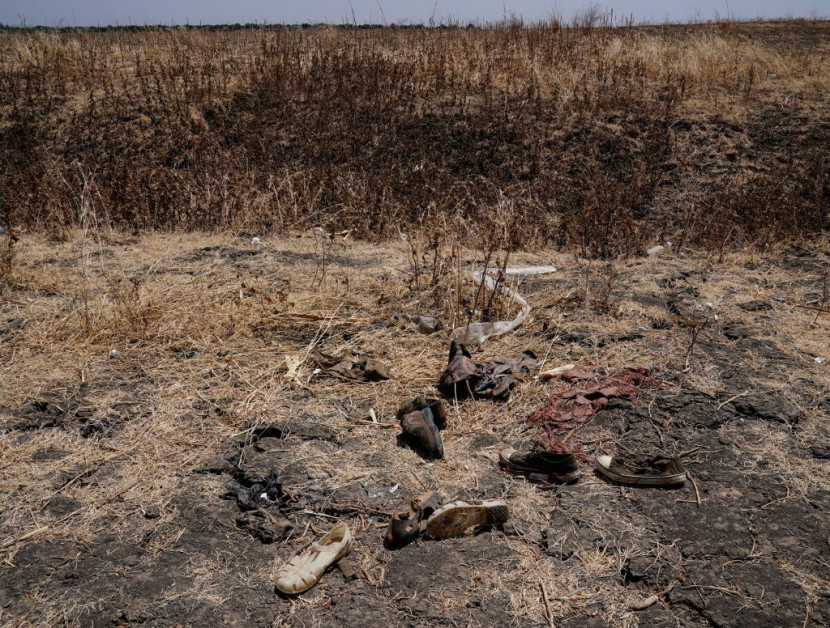Villagers discovered a few scattered human bones on the rocky terrain six months after Ethiopian soldiers gathered up their loved ones and shot them at point-blank range.

A News Outlet Collaborates With Amnesty International
In a recently published article in CNN News, in April 2021, CNN investigated video footage of the January massacre in cooperation with Amnesty International, using geolocation methods to confirm the video was shot on a hill near Mahibere Dego in January 2021.
At the time of the inquiry, at least 11 unarmed men were executed, with 39 others who are still missing. In March, the horrific video was handed to CNN by the Tigrai Media House, a pro-Tigray media group.
TMH has now released lengthier video footage of the slaughter with CNN, providing up-to-date and relevant information about the crime and the troops who perpetrated it, reported Creators Empire.
Geolocation Techniques Used to Determine Extended Footage
CNN utilized geolocation algorithms to confirm that further video was shot near Mahibere Dego on a ridge. The Ethiopian soldier recording the video was identified as "Fafi," through his voice, according to a report published in Good World News.
Fafi exchanges the phone with another soldier, grabs the pistol, and fires in the full footage obtained by CNN. Others beg to be recorded killing the prisoners, openly recording their atrocities, so the phone is switched back.
Despite the evidence, the Ethiopian Prime Minister's Office rejected the results of CNN's initial investigation, claiming that social media postings and statements could not be used as proof, according to KEYT News Channel.
Thousands of Civilians Are Believed to Have Been Killed
Since early November, when Prime Minister Abiy Ahmed began a massive military campaign against the governing Tigray People's Liberation Front, bringing in national soldiers and militia fighters from Ethiopia's Amhara region, tens of thousands of people are estimated to have died.
Six months after the assault, two individuals in Mahibere Dego informed CNN that they gathered the national identity cards of 36 people who were murdered; but another 37 people are still missing. The death toll from the massacre may have been higher than what was reported.
Ethiopian troops and soldiers from neighboring Eritrea were previously accused of carrying out murders, extrajudicial executions, sexual assault, and other atrocities in the area, according to eyewitness evidence collected.
Families of the victims in Mahibere Dego claim they have been unable to reach the ridge since January owing to Ethiopian soldiers' continuous presence in the region, leaving them with no means to bury their loved ones.
The troops, however, left for neighboring Axum last Friday, allowing residents a long-awaited chance to search for any remains. Family members of the victims videotaped the church funerals, captured evidence of gunshot casings at the massacre scene, and photographed skeletal remains for days.
CNN has acquired photos from the scene of the assault on June 21 that show bones, burned bodies, clothing, and identification cards. Some of the clothing was also seen in the CNN investigation's initial video footage.
© 2025 HNGN, All rights reserved. Do not reproduce without permission.








